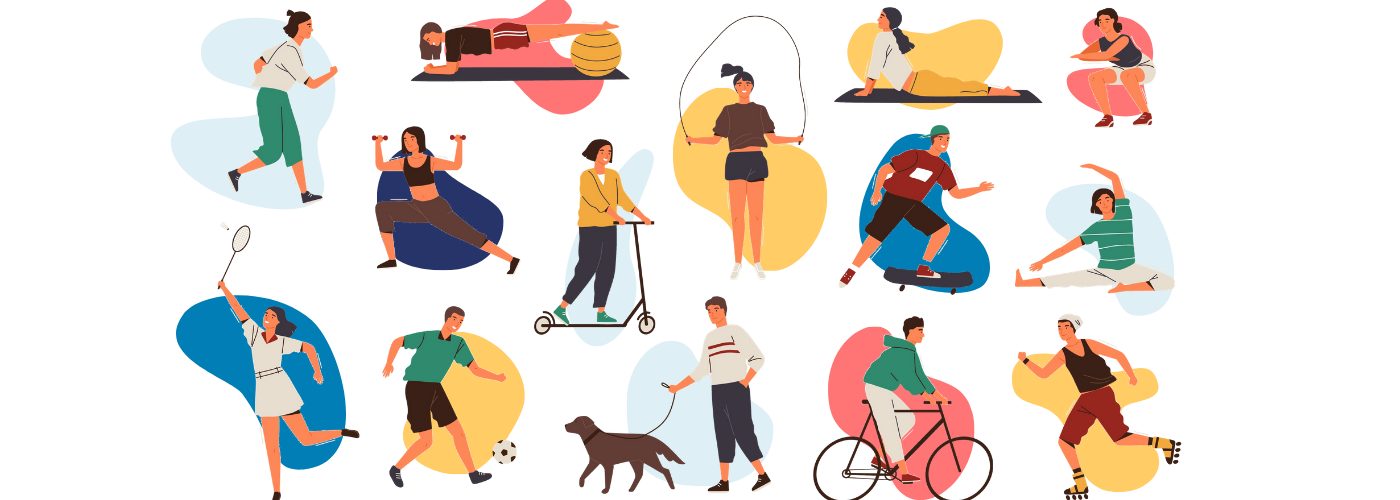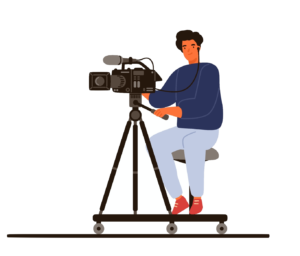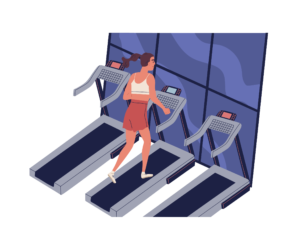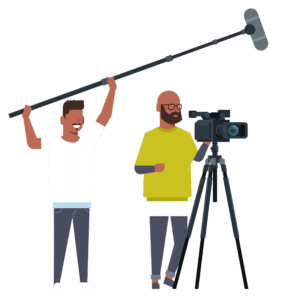4 Tips for Online and Remote Fitness Classes
Updated: October 18, 2023
Many fitness brands are turning to remote, online classes for members instead of offering classes solely at physical locations.
Members are enjoying this alternative in order to accommodate their new schedules and exercise routines. However, non-members are loving it too, as a way to discover exciting and fresh fitness content.
Although the current pandemic is a new phenomenon for all of us, as we navigate our new reality, more people are looking to online brands to deliver engaging content. Fitness brands have already been doing this – so no need to reinvent the wheel! Many brands have successfully achieved remote fitness and we’ll show you some best practices to get the most out of it!
In this post, we’ll cover 4 easy tips you can implement for your online fitness classes to ensure they’re both engaging and accessible.
Toolkit for Live Captioning Online Videos 🎥
#1: Add Closed Captions to Live and Pre-Recorded Classes
Captions are a time-synchronized textual representation of the audio within a media file. They’re a fantastic way to make video accessible to people who are d/Deaf or hard of hearing.
There are around 466 million people worldwide with some form of hearing loss. Without captions, millions of people are denied access to your fitness content. In fact, 71% of people with disabilities leave a website immediately if it’s inaccessible.
When fitness brands make their classes accessible, their videos are able to reach a wider audience. Especially now that physical gyms are closed, captioned videos are great to connect with everyone – regardless of ability.
Many people, not just the d/Deaf and hard of hearing communities, rely on captions for their viewing preferences. 80% of people who watch videos with closed captions do not have hearing loss.
Captions help viewers in sound-sensitive environments understand the auditory information of a video without the need for sound or headphones. For example, if someone is taking a fitness class in a house with noisy people, it may difficult to hear and follow along with the audio.
In addition, captions have a ton of SEO benefits. Search engines aren’t able to watch videos; they can only read text. When you include a transcript and captions with your video, search engines can crawl the text to find relevant keywords. This will help your video rank higher in search engine results pages (SERP).
To caption live online fitness classes, you can either use a live automatic solution or a CART solution. A CART solution uses human stenographers to caption in real-time.
For a pre-recorded class, you have more options. You could either DIY captions, use an ASR software, or you could hire a captioning vendor
#2: Use an Accessible Video Platform
Whether fitness brands decide to stream live classes, publish pre-recorded sessions, or use a combination of both, it’s imperative that they use an accessible platform.
Brands should strive to be as inclusive as possible, and that means providing an equal viewing experience for all participants.
An accessible video platform supports closed captioning, audio description, and transcripts. It should be screen-reader and keyboard accessible. An accessible platform helps to improve the user experience for audiences.
An accessible streaming platform should include:
- Keyboard accessibility
- Voice recognition
- Captioning support
On the other hand, an accessible video platform should include:
- Keyboard accessibility
- Voice recognition
- Captioning support
- Audio description support
Don’t work with a video player that supports captioning? No worries. There are some workarounds available. For live stream events, use an embed code or an iFrame. For pre-recorded videos, you can link to a transcript.
Everything You Need to Know About Live Captioning Online Videos ➡️
#3: Caption Social Media Videos
In tip #1, we covered the importance of captioning live or pre-recorded videos, but captioning social media videos is just as important.
Social media video consumption has increased over the years, and many companies are developing apps for more video. Think of Facebook Watch, Instagram’s IGTV, or the latest sensation, Tik Tok.
Internet users are constantly seeking entertaining and engaging content, especially during these times. Fitness brands who aren’t captioning social media videos need to hop on board in order to reach a larger audience.
Facebook found that 80% of users react negatively to video ads auto-playing with sound. As a result, they now autoplay videos on mute. But then, another issue occurred. Facebook uncovered that 41% of videos are incomprehensible without sound or captions. To combat this, videos should be captioned.
Many social media platforms don’t support captions on their video players. For those that do, like Facebook, you can upload a sidecar file. For those that don’t, you’ll need to use open captions.
To create open captions for social media videos, you can either create them yourself or hire a professional captioning vendor.
When you start captioning social media videos, you’ll notice how many more views you can garner. According to PlyMedia, 80% more people are likely to watch an entire video when captions are available.
#4: Invest in Quality Audio Equipment
Last, but certainly not least, it’s important for fitness brands to invest in good audio equipment.
Accessible video should be clear, comprehensible, and readable. The purpose is to provide all viewers with an equal viewing experience, regardless of how they choose to consume your content.
A video’s audio quality boils down to the type of microphone used. A microphone can make or break the sound. If you invest in a good mic, your audio will come out clearly, and it makes it easier to transcribe your content more accurately.
There are plenty of microphone options available, but for the purposes of a fitness video, you’ll need something unobtrusive, yet still has the power to capture quality sound.
A good microphone for a fitness class should:
- Handle loud volumes (like background music)
- Clearly and accurately picks up the voice of the instructor
- Provides a high-quality output
- Less sensitive to background noise
Want to make your next live fitness class accessible? In this webinar, Toolkit for Live Captioning Events, you’ll learn about creating live captions, legal compliance, video player compatibility, and more!
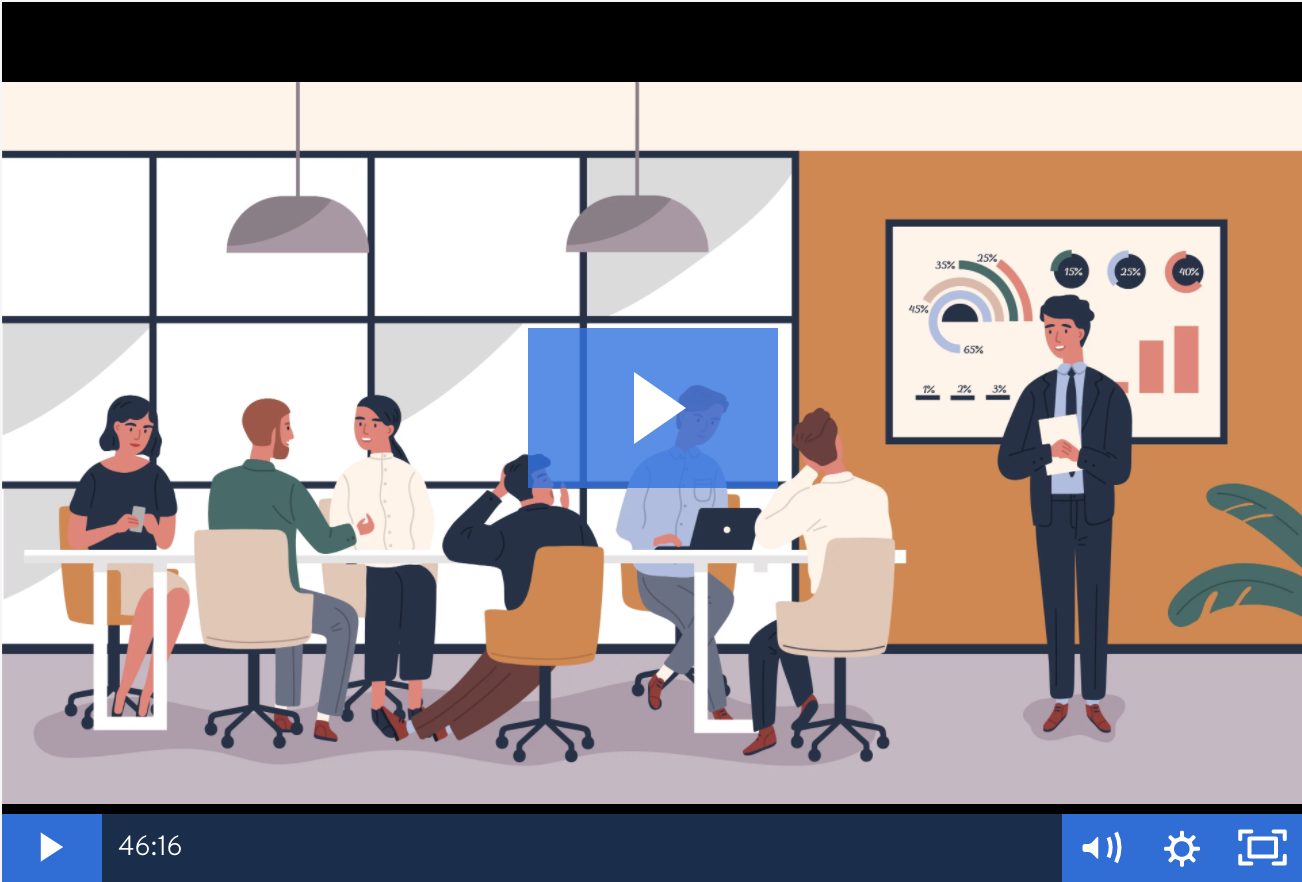
Further Reading

Subscribe to the Blog Digest
Sign up to receive our blog digest and other information on this topic. You can unsubscribe anytime.
By subscribing you agree to our privacy policy.


